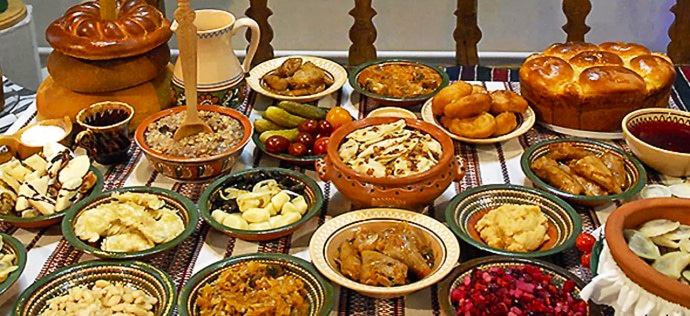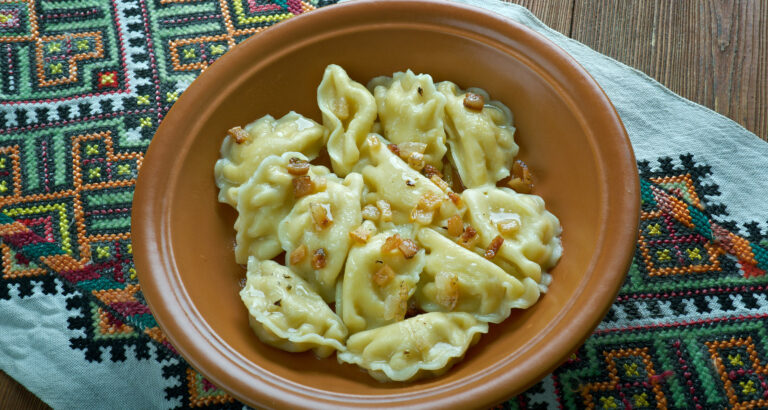Introduction: Ukrainian Cuisine
Ukrainian cuisine is known for its rich and savory dishes that reflect the country’s agricultural heritage. The cuisine is characterized by the use of local ingredients such as grains, vegetables, and meat, mixed with spices and herbs to create hearty and flavorful dishes. Ukrainian cuisine has a long history that dates back to the medieval times and has been influenced by various cultures and traditions.
Cultural Influences on Ukrainian Cuisine
Ukrainian cuisine has been shaped by the country’s cultural and historical influences, including the Mongol Empire, the Ottoman Empire, and the Austro-Hungarian Empire. The cuisine has also been influenced by neighboring countries such as Russia, Poland, and Romania. These cultural influences have contributed to the diversity and richness of Ukrainian cuisine.
Russian Influence on Ukrainian Cuisine
Russian influence on Ukrainian cuisine can be traced back to the times of the Soviet Union. Many Russian dishes, such as borscht, pelmeni, and shchi, have become popular in Ukraine and have been adapted with local ingredients. Borscht, for example, is a Ukrainian soup that is made with beets, potatoes, carrots, and meat, while the Russian version is made with cabbage and potatoes.
Polish Influence on Ukrainian Cuisine
Poland has also had a significant influence on Ukrainian cuisine, particularly in the western regions of the country. Many traditional Ukrainian dishes, such as pierogi and kielbasa, have been adapted from Polish recipes. Ukrainian varenyky, similar to Polish pierogi, are filled with potatoes, cottage cheese, or meat and are often served with sour cream.
Similarities & Differences in Ukrainian Cuisine
Despite the cultural influences, Ukrainian cuisine has its unique characteristics that set it apart from Russian and Polish cuisines. Ukrainian cuisine uses a variety of spices and herbs, such as dill, parsley, and garlic, which give the dishes a distinct flavor. The use of mushrooms, berries, and wild game is also prominent in Ukrainian cuisine. Ukrainian cuisine is also known for its use of sour cream, which is a staple ingredient in many dishes.
Conclusion: The Diversity of Ukrainian Cuisine
Ukrainian cuisine is a product of the country’s history and cultural influences. The cuisine has been shaped by neighboring countries such as Russia and Poland, but it has developed its unique characteristics that reflect the country’s culinary heritage. Despite the similarities with other cuisines, Ukrainian cuisine has its unique flavors, ingredients, and cooking techniques, making it a diverse and rich cuisine that deserves to be explored.

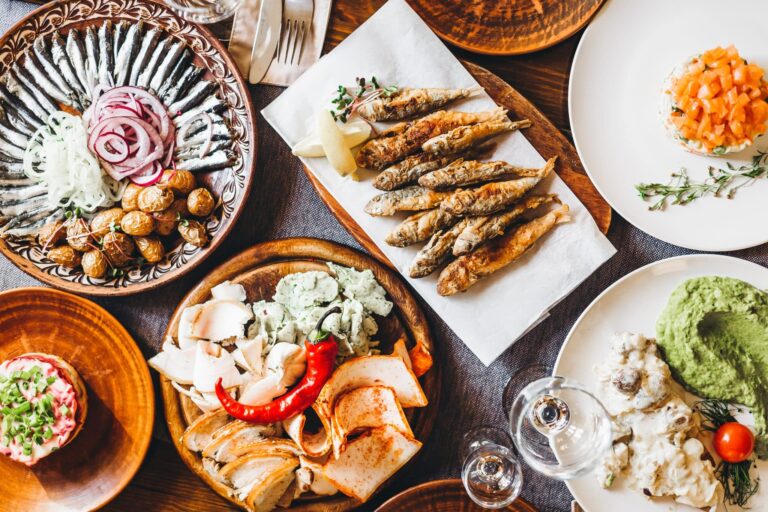
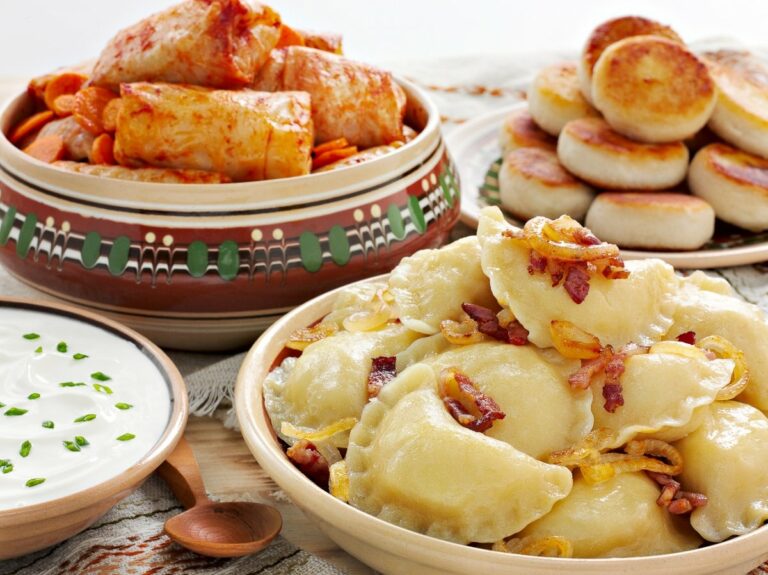
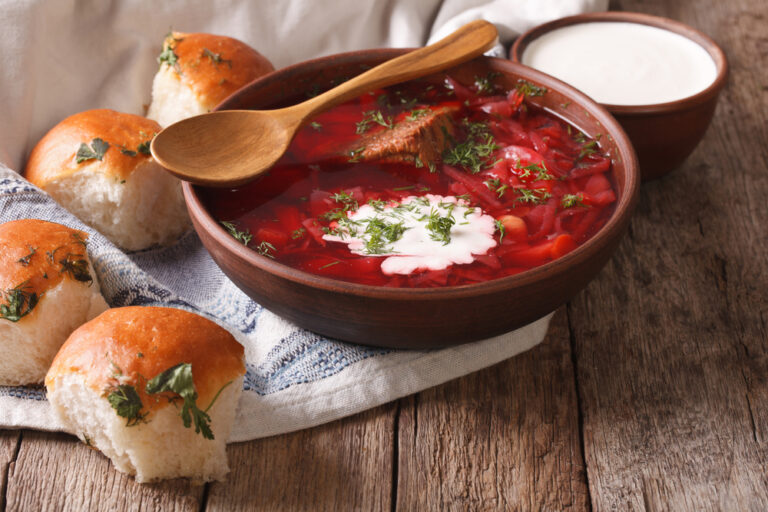
![Can you recommend a good Ukrainian restaurant in [specific location]?](https://foodnerdy.com/blog/wp-content/uploads/2023/05/3-51-768x512.jpg)




